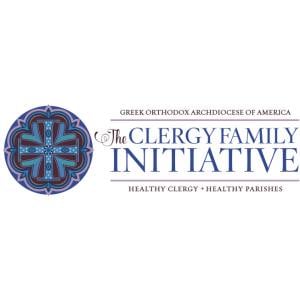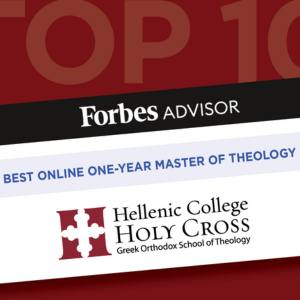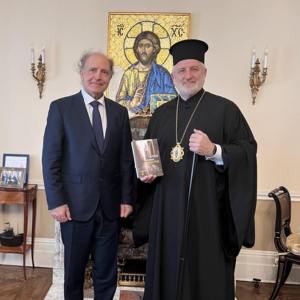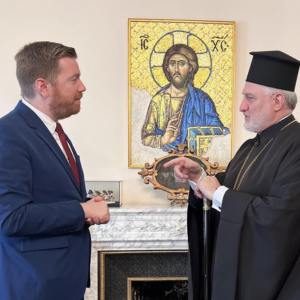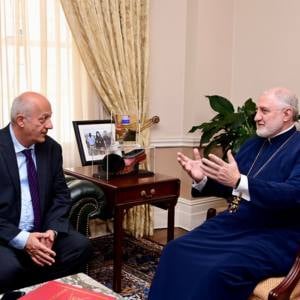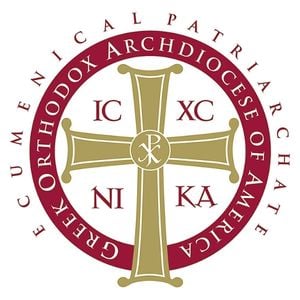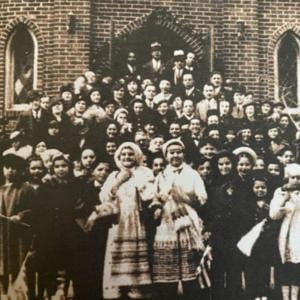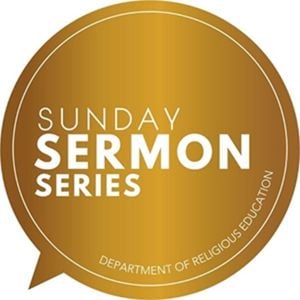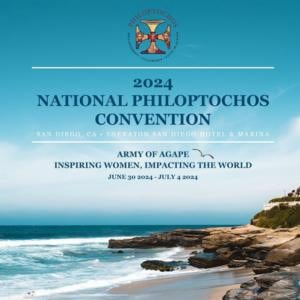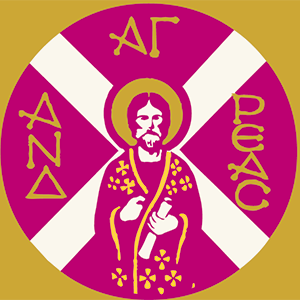Remarks by Dr. Jeff Kloha,
Chief Curatorial Officer of the Museum of the Bible,
At the Official Repatriation Event of Gospel Manuscript 220,
Theotokos Eikosiphoinissa (Kosinitza) Patriarchal and Stavropegial Monastery
Drama, Greece
September 29, 2022
Your Eminences and Fathers,
Blessed Abbess,
Honorable representatives of the Hellenic Republic,
Greetings on behalf of the staff of Museum of the Bible. Thank you for the gracious invitation to greet you on this day of celebration.
Museum of the Bible’s goal is to invite all people to engage with the transformative power of the Bible. We showcase the Bible’s history, narratives, and impact in way that is accessible to people of all faith traditions, and even no faith tradition, in the heart of Washington D.C. We are honored to partner with the Ecumenical Patriarch on a permanent exhibition of biblical manuscripts and religious objects connected to the Bible. We are grateful for the generous gift of a replica of the icon of St. John the Forerunner which is in the Patriarchal Church of St. George, which is part of that exhibition. I thank Prof. Elizabeth Prodromou for her work in helping to bring the collaboration about, and Fr. Agathangelos, the representative of the Ecumenical Patriarch on this partnership whose efforts made it possible. It has been an honor to work with both of them on this project over these past several years. In addition, I thank both for assisting with and facilitating the return of this gospel manuscript to the Theotokos Eikosiphoinissa monastery as well as for the brotherly spirit in which we worked on this important matter.
Please recognize with me the leadership of Mr. Steve Green and the Board of Directors of Museum of the Bible for their desire to set a model of stewardship of the collections of the museum. Their desire for transparency, for taking the right and just action in this situation and others has created the environment in which the museum staff could conduct its research and make recommendations, confident that Museum of the Bible would act with complete integrity. And, I would like to honor Brian Hyland, who research determined without doubt the home of this manuscript. He will tell you that story in a few minutes.
The manuscripts and printed books and other items in our museum help tell the story of the importance of the Bible, how it has been passed on from generation to generation and even into the present day, and how it has shaped and transformed our world and individuals. Part of our work as a museum is to help each manuscript, each Bible, tell its own part in this great story.
This gospel manuscript is important as a part of the history of the New Testament in Greek. But as much as it tells us about the Greek text of the Gospels, this manuscript tells us other things as well. The manuscript tells us about a community that created it for the purpose of devotion and prayer and chanting and worship. The manuscript tells of at least two communities that used it for just those purposes, for century after century, encouraging faith and praising God. And, sadly, this manuscript also tells us of tragic events, of the day of violence and sacrilege and loss over a century ago in 1917. Now, this manuscript can tell a new story: A story of reunion, of a manuscript coming back to a spiritual community that had been its home. And a story of sisters and brothers in Christ coming together to give praise to God for this reunion, today, and a story of hope that the Gospel message in the pages of this manuscript will continue to give light, even though many have tried to extinguish that light. All these things this manuscript tells us now, today. And all these things are part of what museums like Museum of the Bible can do: To tell stories of faith, hope, and love in Christ.
Thank you.


